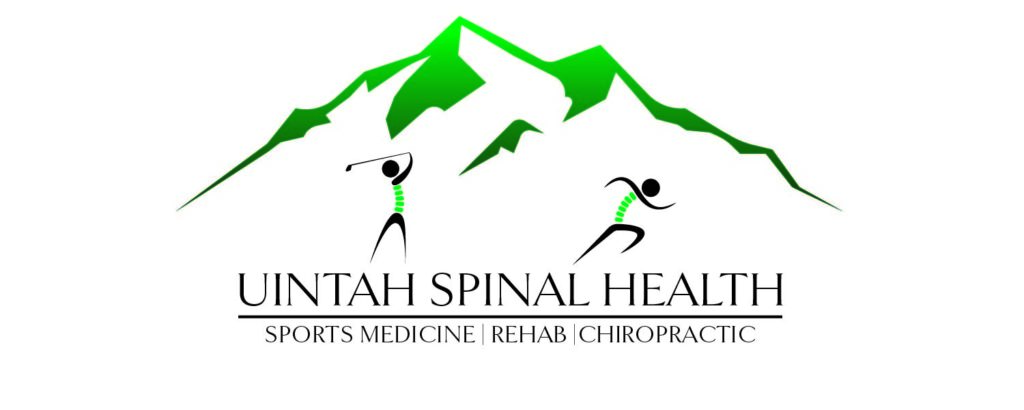On top of my article from last week (Dr. Johnson’s interview on youth and sports injuries) I also wanted to share some additional common injuries that we see in youth that weren’t talked about in our interview. All for you so you have a better idea of what to do for your kids when this happens.
Osgood schlatter’s disease (runners, jumpers)
Osgood-Schlatter disease is a condition that causes pain and swelling below the knee joint, where the patellar tendon attaches to the top of the shinbone (tibia), a spot called the tibial tuberosity. There may also be inflammation of the patellar tendon, which stretches over the kneecap.
This is often seen in youth who spend a lot of time doing activities that require jumping and/or running.
Why does this happen? The increased jumping and/or running in youth, who are still growing, puts an increased stress on the leg just below the knee cap. This causes pain to the growth plate there as your body is adjusting to the increased stress.
How do you treat it? Rest is going to be the best when it is in pain. You could wear knee pads to protect the area of pain while. There have been some patellar tendon brands that can reduce the stress on the tendon itself and reduce the amount of stress placed on the bone.
lumbar spondylolisthesis (gymnast, cheer)
Spondylolysis. Pars defect. Stress fracture. These three terms are used interchangeably, all referring to the same condition. Spondylolysis is a stress fracture through the pars interarticularis of the lumbar vertebrae. The pars interarticularis is a thin bone segment joining two vertebrae. It is the most likely area to be affected by repetitive stress. This condition is fairly common and is found in one out of every 20 people.
What can put you at risk? An activity that requires a lot of backward bends. We see this alot in those who play football, soccer and gymnastics. Gymnastics would probably be my top sport that would lead to this condition. Repetitive overuse is what leads to this stress fracture in youth sports.
A bone scan with SPECT of the lumbar spine is going to be the best diagnosis tool for this condition.
Best treatment methods are going to be rest of the activity leading to the injury, with physical therapy and some adjustments periodically to maintain function. Gaining strength and stability around the lumbar spine will help off load the lumbar spine and reduce the stress placed on the pars.
Concussion (contact sports-football, baseball, basketball, soccer)
A blow or a jolt to the head can cause a concussion or traumatic brain injury (TBI). The injury keeps the brain from working normally. Symptoms of a concussion may last less than a day or may linger for months, or longer.
Symptoms of a concussion are headaches, vomiting, nausea, memory loss, dizziness, vision problems, trouble concentrating, mood changed, fogginess, change in sleep patterns. Or balance problems. Difference in pupil sizes is NOT a strong indicator of a concussion.
Millions of concussions happen in a single year, but most don’t require a visit to the hospital. So what is the recommended treatment? First is rest and lots of it. This means rest of physical activities, school work, entertainment on television or mobile device as well. Sleep is going to be in your best interest.
Returning to play or return to school is going to be the most important thing to look at. What is more dangerous, is a 2nd concussion when a previous concussion hasn’t fully healed. Return to play/school protocols should include some specific physical/mental/school test to see if you are ready to return. If any of the concussion symptoms return after you perform the test then you are not ready and need to recover longer. If no symptoms return upto 24 hours after performing the test, then you can proceed.
Scoliosis (no specific)
Scoliosis is when your spine has an irregular curve from right to left. Your spine should not have any curve from right to left. It is functional or structural. At school they will probably screen this in your youth. Screening it early and addressing it is an important part of treating.
If you think you have scoliosis, the next question you should ask is; “Is it Structural scoliosis or Functional scoliosis?”
Structural scoliosis occurs when bones are growing unevenly and causing the side curve to happen. Function scoliosis occurs more with poor picture and improper movement patterns.
The difference in treatments is that structural scoliosis will generally take longer to treat and something that you will have to manage and treat regularly to maintain an upright spine. Sometimes this will require surgery.
Functional scoliosis generally can be corrected in a shorter amount of time. Can be avoided with proper education and home care. This can come from improper movement patterns and a muscle or joint imbalance along the spine.
Broken bones (fracture) (having fun)
As youth, you are growing fast and your bones are a little more fragile than when you are older. Because of this, kids are more likely to break a bone than sprain a ligament. With this knowledge, if you child comes to you because they landed on their ankle funny and they are limping pretty bad on it, I would get an x-ray of the ankle sooner rather than later. You will want to clear that knowledge up more than before.
If you child is dealing with these injuries or any other injuries not listed above, we would be happy to help get you on the right path to help them. Just call our office and schedule a time and we will evaluate them and help the best we can. Our office number is (801)235-9944.
